About Michael
Bonsai spoke to me from an early age, but it wasn’t until I had settled a bit and was raising kids that I concentrated on developing that interest into a vocation. Without Colin Lewis’ Ho Yoku school, I believe I would have quit after stagnating in an area with no accomplished teachers. My studio, Bonsai Shinsei New York was born from a desire to spend more time on my trees and to help others interested in learning bonsai get a start the way I learned. I continue to learn from both experience and pursuing my education with Ryan Neil at Bonsai Mirai.
I’m still involved in the healthcare company my wife Roslyn and I started 25 years ago. I also enjoy photography (which I took up again to document my trees’ development) and have joined that to my love of music at the many live performances I can see in the New York CIty area.
FAVORITE BONSAI-RELATED QUOTE
"Don't try to make your tree look like a bonsai, try to make your bonsai look like a tree.” - John Naka
FAVORITE TREE SPECIES
Juniper and Larch
HOW DID YOU GET STARTED IN BONSAI?
I stumbled on a course taught by Yuji Yoshimura at the New York Botanical Garden.
WHO HAVE BEEN YOUR MOST INFLUENTIAL MENTORS IN BONSAI?
My primary teachers, Colin Lewis and Ryan Neil.
WHY ARE YOU PASSIONATE ABOUT BONSAI?
I’m not sure I know. I find it infinitely deep; always more to learn from and with the trees.
THE MOST IMPORTANT LESSON I’VE LEARNED THROUGH PRACTICING BONSAI IS
One of the most important things I’ve learned in bonsai is the importance of not forcing my will too strongly on a situation. Although we often do major work on trees, if we aren’t sensitive to their condition and how far we can go, the tree will often correct us. The same is true about displaying bonsai. The best time to exhibit a tree is when it’s at it’s peak. Once again, we can influence this through knowledgeable application of bonsai techniques. But ignoring a tree’s reaction to this work will usually result in a mediocre display.
So trying to remain humble and sensitive to the partnership of tree and person has been a great lesson. Recognizing when I’m trying to overpower a situation and refraining from doing so has served me in just about every other aspect of my life.
WHAT DO YOU HOPE FOR THE FUTURE OF BONSAI?
I hope many more people are exposed to high quality bonsai and that bonsai is seen as a fascinating craft that reaches art in the hands of the best practitioners. Like fine art photography’s evolution, I hope the bonsai market can grow in a similar way.
WHY DID YOU WANT TO BECOME A PATRON OF AMERICAN BONSAI?
As bonsai has spread around the world, many wonderful local species have been incorporated into bonsai. What has lagged is the appreciation of some of these trees as bonsai and a more culturally meaningful method of display. The Artisan’s Cup is a major inspiration for people selling and creating trees as well as the artists and craftspeople making the pots and display pieces to complement a new American bonsai vision.
AMERICAN BONSAI IS
American Bonsai is at an exciting tipping point. I can’t wait to see what’s next.
